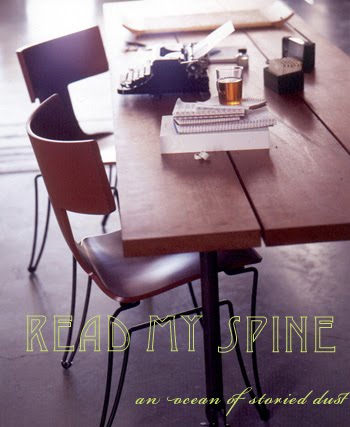
Marina Abramovic, scattata da Francesco Carrozzini per Vogue Italia
"In the performance you have to be in control.
Maria Callas once said, “When you perform, half of the brain has to be in complete control
and the other half of the brain has to be at a complete loss.”
That is the essence of what I want to say.
You have to balance these two."
--MA, interviewed by Laurie Anderson for BOMB magazine
MARINA ABRAMOVIC: THE ARTIST IS PRESENT
curated by: Klaus Biesenbach
March 14 -- May 31, 2010
Museum of Modern Art, NY
Read More







